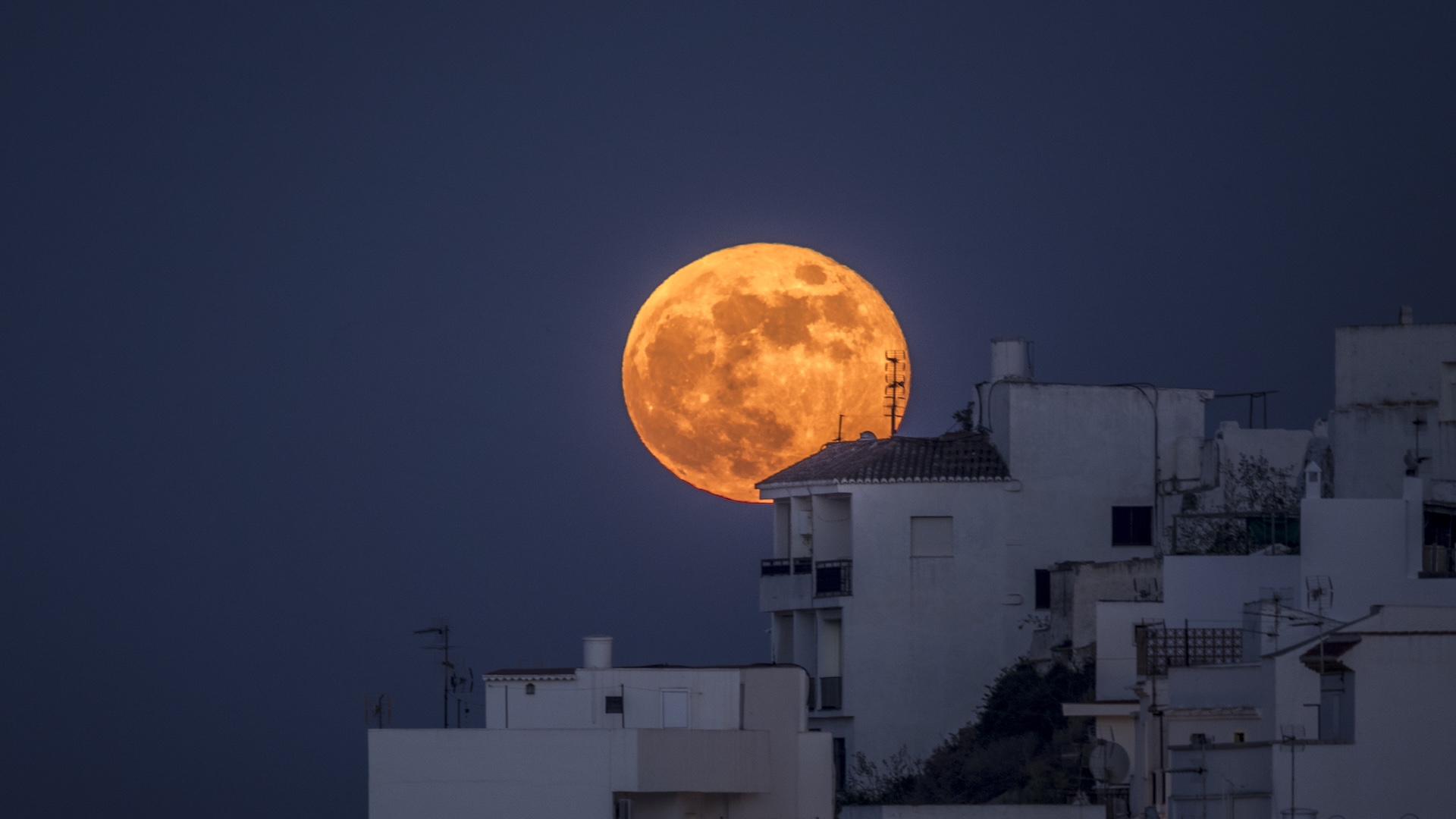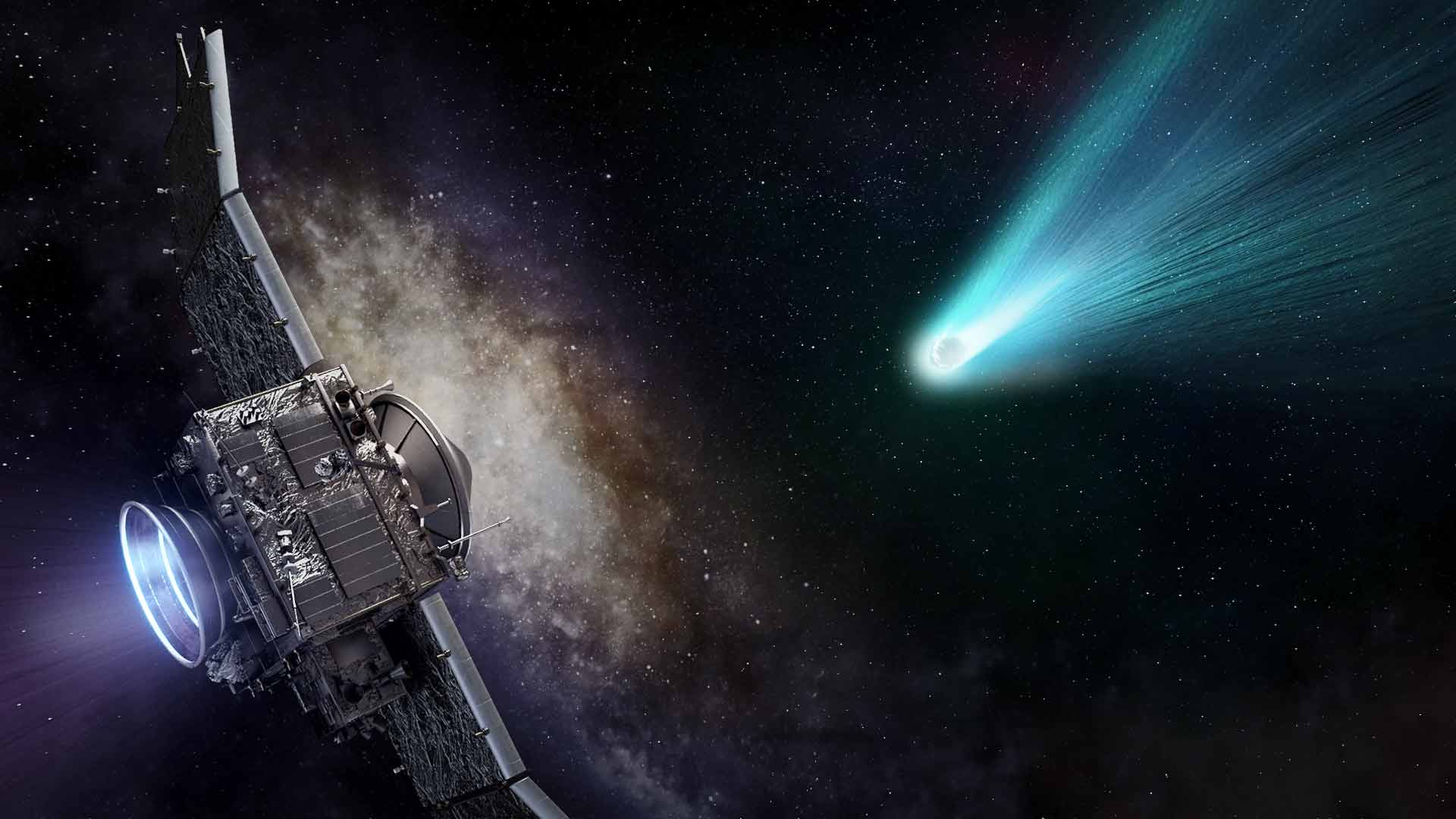Sturgeon Moon 2025: What makes August's full moon a special 2-night affair
In a rare skywatching treat, you can see August's full Sturgeon Moon rise soon after sunset on both Saturday, Aug. 9 and Sunday, Aug. 10.

A full moon will rise this weekend — but, unlike most, there will be two opportunities to see it appear on the eastern horizon at dusk.
The Sturgeon Moon will officially reach its full moon phase at 3:55 a.m. ET on Saturday, Aug. 9, which will create opportunities for those in North America to see the full moon rise twice in successive evenings.
The best time to see a full moon rise is just after sunset, typically on the day it officially becomes full. Not only is the full moon 100% illuminated then, but it also appears in the eastern sky when it's just dark enough for the moon to be easily visible while the landscape in front of it is still bathed in the light of dusk.
However, there are occasional months when two successive evenings can deliver similarly impressive full moonrises.
When the full moon occurs during the night, both the evening before and the evening after can offer nearly identical views, but only at certain times of the year. Because the moon orbits Earth every 29 days and there are 24 hours in a day, it rises on average 50 minutes later each day.
However, that's not true in August, when the full moon lies low in the southern sky as seen from mid-northern latitudes of the Northern Hemisphere. As it's far south of the celestial equator, the full moon rises at a shallow angle to the horizon and stays in the night sky for a shorter time, causing the time difference between moonrises to shrink to around 30 minutes.
Related: How to photograph the moon: Tips on camera gear, settings and composition
Get the world’s most fascinating discoveries delivered straight to your inbox.
What does this mean for stargazers? On Friday (Aug. 8) in New York City, the full Sturgeon Moon will rise at 8:03 p.m. ET, just a minute after sunset. On Saturday, it will rise at 8:32 p.m. ET, 28 minutes after sunset. Both moonrises will happen during dusk — though do check the exact time of moonrise where you live.
Although the naked eye is fine for observing a full moon, stargazing binoculars and backyard telescopes will help reveal details on the lunar surface.
According to TimeandDate, August's full moon gets its popular name from sturgeon fish that are plentiful in the Great Lakes at this time of year. It's called the Wild Rice Moon by the Anishinaabeg people, according to the Center for Native American Studies, and elsewhere in North America, it is known as the Green Corn and Grain Moon, according to NASA.
August's Sturgeon Moon will be followed by the Corn Moon on Sunday, Sept. 8. From parts of Asia, Australia and the Pacific Ocean, a total lunar eclipse will occur, during which the lunar surface will turn a reddish color for 82 minutes. However, North America will not be on the night side of Earth, so it will see only a regular full moon rise.

Jamie Carter is a freelance journalist and regular Live Science contributor based in Cardiff, U.K. He is the author of A Stargazing Program For Beginners and lectures on astronomy and the natural world. Jamie regularly writes for Space.com, TechRadar.com, Forbes Science, BBC Wildlife magazine and Scientific American, and many others. He edits WhenIsTheNextEclipse.com.
You must confirm your public display name before commenting
Please logout and then login again, you will then be prompted to enter your display name.


